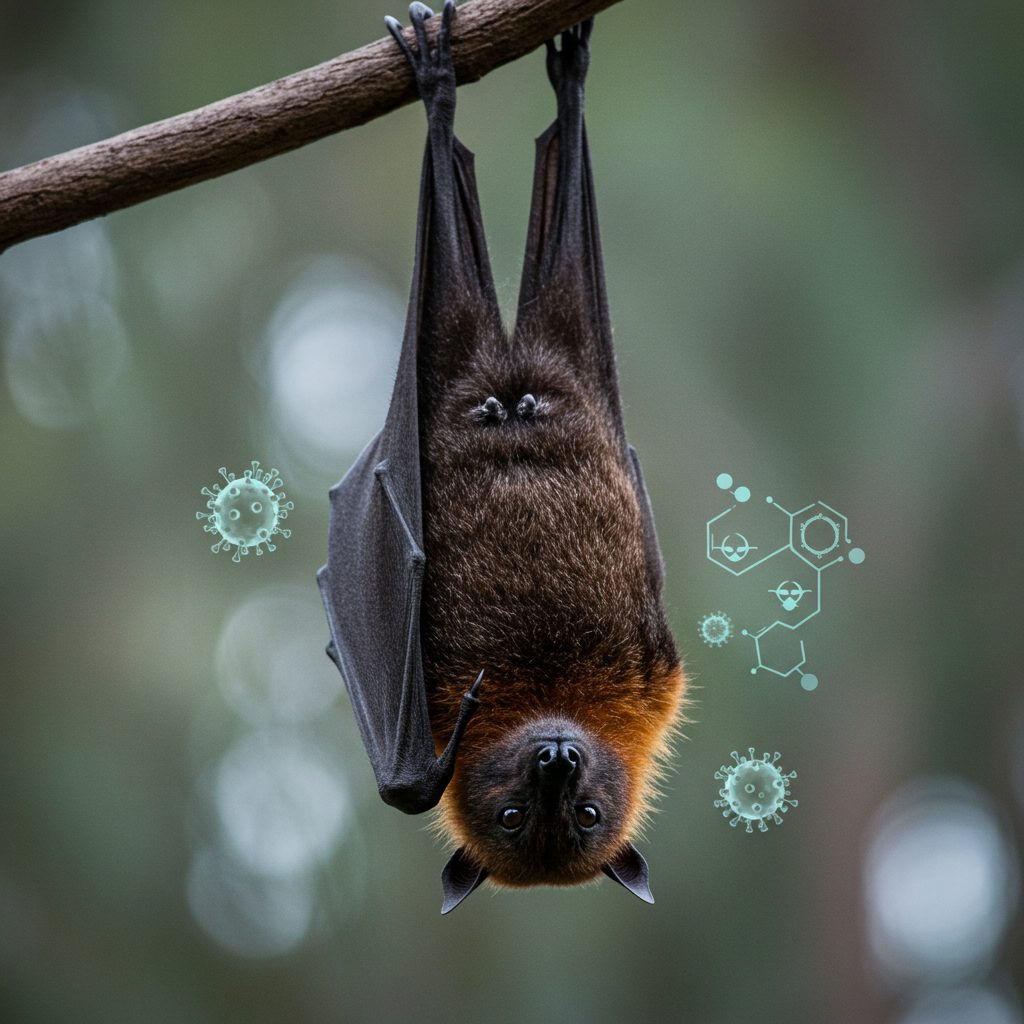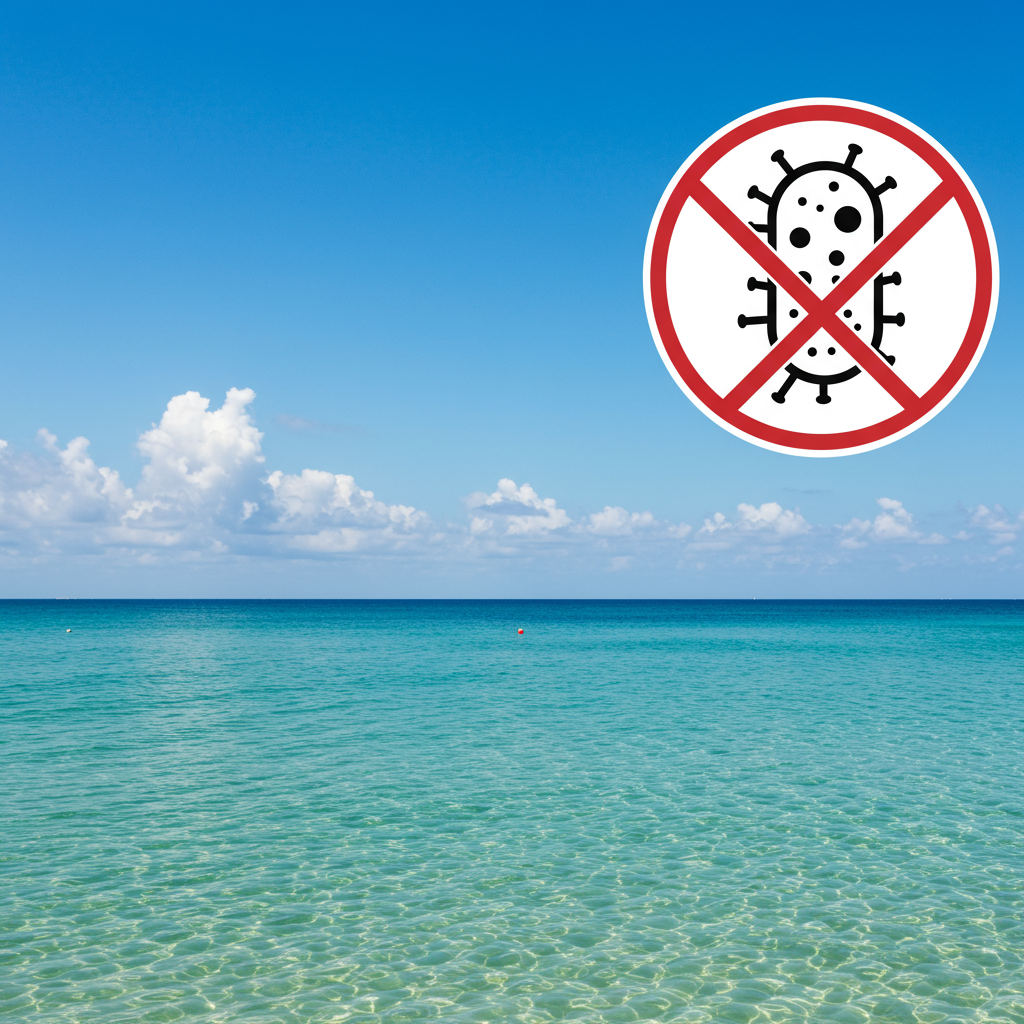A rare and deadly bat-borne virus has claimed a human life in New South Wales, australia, prompting health authorities to issue an urgent public safety warning. The man, tragically the fourth known fatality from this specific infection in Australia, succumbed to Australian bat lyssavirus (ABLV) several months after being bitten by a bat. This devastating event highlights the critical importance of avoiding contact with bats and seeking immediate medical attention if exposure occurs, underscoring the severe risk posed by this untreatable virus once symptoms manifest.
What is Australian Bat Lyssavirus (ABLV)?
Australian bat lyssavirus, or ABLV, is a highly dangerous virus found exclusively in Australian bats. It belongs to the lyssavirus family, making it a close relative of the rabies virus, which is not present in Australia. ABLV is considered extremely rare in humans, with only four confirmed cases ever recorded, including this latest fatality. Despite its rarity, the outcome for infected individuals is almost always fatal once clinical symptoms begin to appear.
The virus primarily targets the central nervous system. It was first identified by scientists at CSIRO in 1996 after studying a flying fox exhibiting unusual nervous signs. Subsequent research confirmed its presence in various Australian bat species, including the widespread flying foxes (also known as fruit bats) and smaller insect-eating microbats, across multiple states and territories like NSW, Queensland, Victoria, Western Australia, and the Northern Territory. Authorities emphasize that any bat in Australia could potentially carry the virus.
How ABLV is Transmitted and Why It’s So Deadly
Transmission of ABLV to humans occurs when the virus, present in an infected bat’s saliva, enters the body through a bite or scratch. It’s crucial to understand that the virus does not spread through the air or contact with bat faeces. The risk comes specifically from direct exposure via an open wound. While the virus can infect other mammals, human cases typically result directly from bat contact.
A key characteristic of ABLV infection is its unpredictable incubation period. Symptoms can take anywhere from days to potentially years to appear after exposure. This long, variable delay makes prompt action after a bite or scratch absolutely critical.
Once the virus reaches the nervous system and clinical signs develop, the disease progresses rapidly and severely. Initial symptoms are often non-specific and flu-like, such as a headache, fever, and fatigue. However, the condition quickly deteriorates, leading to severe neurological complications including paralysis, delirium, convulsions, and inevitably, death, usually within one to two weeks of symptom onset.
The extreme danger lies in the fact that there is no effective treatment for ABLV once these clinical symptoms have begun. This contrasts sharply with other infections where treatment can commence after symptom appearance. For ABLV, intervention must happen before the virus reaches the brain and causes noticeable illness.
Preventing ABLV Infection: Essential Precautions
Given the severe outcome of ABLV once symptoms start, prevention is the only viable strategy to avoid fatality. Health officials across Australia issue consistent, strong advice: absolutely avoid touching or handling any bat.
This advice applies even to bats that appear injured, distressed, or are found on the ground. A bat displaying unusual behaviour, like being active during the day or unable to fly, might be sick and could potentially carry the virus. Attempts to “rescue” such animals by untrained individuals pose a significant risk.
Only trained, vaccinated, and properly equipped wildlife handlers should interact with bats. Organizations like WIRES have specialized volunteers who undergo specific training and are vaccinated against lyssavirus to minimize their risk when rescuing bats caught in fences or other hazards.
What to Do if You Are Bitten or Scratched by a Bat
Receiving a bite or scratch from a bat requires urgent and specific action. Immediate post-exposure treatment is incredibly effective in preventing ABLV infection, but it must be administered quickly after exposure, ideally within hours.
Follow these crucial steps immediately:
- Wash the Wound: Thoroughly wash the bite or scratch wound with soap and water for at least 15 minutes. This helps to remove virus particles from the site.
- Apply Antiseptic: Apply an antiseptic with anti-virus action, such as a povidone-iodine (like Betadine) solution, to the cleaned wound. Allow it to dry.
- Seek Urgent Medical Assessment: Contact your doctor or local hospital immediately. Do not delay. Explain clearly that you have been bitten or scratched by a bat.
Medical treatment following potential exposure involves receiving a course of the rabies vaccine and potentially a dose of rabies immunoglobulin. Because ABLV is so closely related to rabies, the standard rabies vaccine is highly effective in stimulating your immune system to fight the ABLV virus before it can reach the brain. The immunoglobulin provides immediate antibodies, giving the immune system a vital head start, especially for more severe exposures. Health experts state that it is very rare for this post-exposure treatment regimen to fail if administered promptly.
Understanding the Rarity and Risk
While the fatality from ABLV is a tragic event, it’s important to understand the context of its rarity. Since 1996, only four human cases have occurred in Australia, despite potentially thousands of people having some form of incidental exposure to bats over that time. Estimates suggest that ABLV circulates at a very low prevalence (likely less than 0.5%) in healthy wild bat populations.
However, the risk increases significantly for individuals who come into direct contact with bats, particularly those that are sick or injured, as these animals may have a higher viral load. Wildlife carers and veterinarians are at higher risk due to their necessary handling of bats, which is why vaccination and strict safety protocols are essential for these professions. For the general public, simple avoidance eliminates almost all risk.
Ecologically, bats play vital roles, including pollinating native trees crucial for other wildlife, like eucalyptus trees that koalas depend on. While caution is necessary due to ABLV, it’s also important to appreciate the ecological importance of these animals and rely on trained professionals for any necessary interaction or rescue efforts.
Frequently Asked Questions
What is Australian bat lyssavirus and why is it dangerous?
Australian bat lyssavirus (ABLV) is a rare but highly dangerous virus found only in Australian bats, closely related to rabies. It’s transmitted to humans via a bat bite or scratch. ABLV is dangerous because once symptoms appear, which can happen weeks or even years after exposure, the disease is almost always fatal. There is no effective treatment once clinical signs like paralysis, delirium, and convulsions begin.
What should I do if I am bitten or scratched by a bat in Australia?
If bitten or scratched by a bat in Australia, you must act immediately. First, thoroughly wash the wound with soap and water for at least 15 minutes and apply an antiviral antiseptic like Betadine. Then, seek urgent medical assessment. Prompt treatment typically involves receiving a course of the rabies vaccine and potentially rabies immunoglobulin to prevent the virus from causing infection.
How rare is ABLV infection, and can I avoid contact with potentially infected bats?
Human ABLV infection is extremely rare, with only four recorded cases in Australia since 1996 despite many bat encounters. The virus exists at low levels in healthy bat populations but may be more prevalent in sick or injured bats. The most effective way to avoid infection is to simply avoid touching or handling any bat (including flying foxes and microbats). Only trained, vaccinated wildlife handlers should interact with bats.
Conclusion
The tragic death of a man in New South Wales from Australian bat lyssavirus serves as a stark reminder of the potential dangers associated with bat exposure. While ABLV is exceedingly rare in humans, its fatal nature once symptoms arise underscores the absolute necessity of prevention and rapid post-exposure treatment. By respecting wildlife, avoiding contact with bats, and knowing the immediate steps to take following a bite or scratch, individuals can protect themselves from this deadly, but preventable, disease. Always contact professional wildlife services if you encounter a distressed bat – do not attempt handling it yourself.




